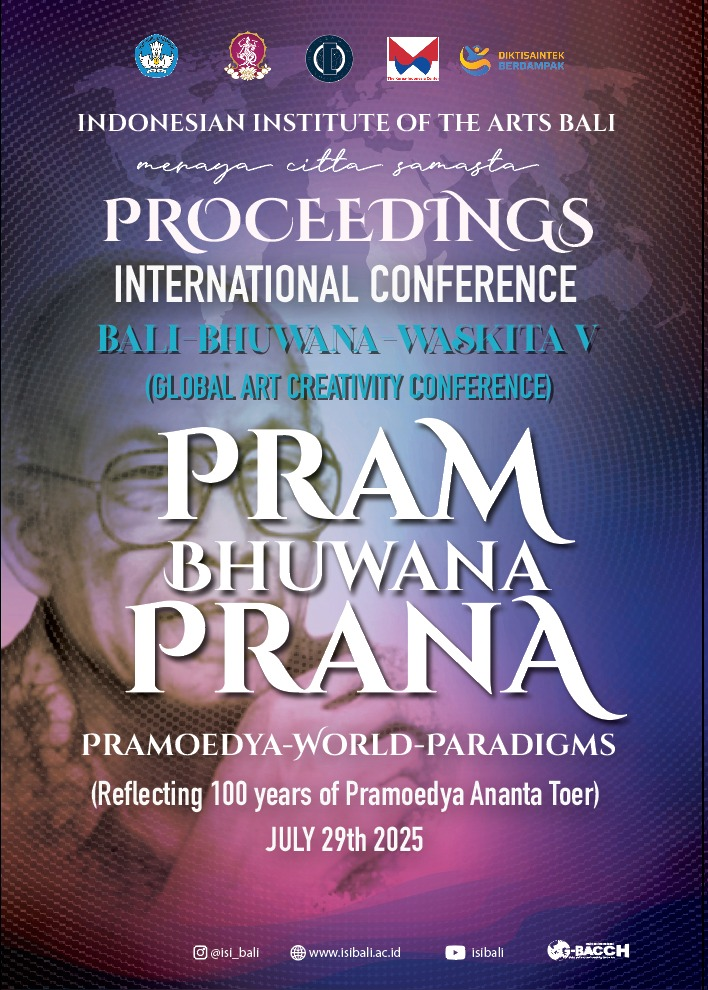Mise-en-Scène as a Cinematic Narrative Device in The Earth of Mankind (Bumi Manusia, 2019): Visualizing Colonial Tension and Identity
DOI:
https://doi.org/10.31091/bbwp.v5i1.627Keywords:
Mise-En-Scène, Postcolonial Identity, Indonesian Historical CinemaAbstract
This article examines how mise-en-scène functions as a cinematic narrative device in The Earth of Mankind (Bumi Manusia, 2019), directed by Hanung Bramantyo and adapted from Pramoedya Ananta Toer’s seminal novel. Set in the Dutch East Indies during the early 20th century, the film visually constructs themes of colonial tension and postcolonial identity through its use of setting, costume, lighting, color, and spatial composition. By analyzing key scenes, this study reveals how mise-en-scène not only reflects the socio-political conditions of the colonial era but also shapes the viewer’s understanding of character psychology and resistance, particularly through the protagonist Minke’s transformation. The visual contrasts between European and native spaces, as well as symbolic props and body language, contribute to a layered narrative that transcends dialogue. This article argues that mise-en-scène in Bumi Manusia is integral to the storytelling process, serving as a visual language for articulating Indonesia’s colonial history and national consciousness.
Downloads
Published
How to Cite
Issue
Section
License
Copyright (c) 2025 Made Rai Budaya Bumiarta

This work is licensed under a Creative Commons Attribution-NonCommercial-ShareAlike 4.0 International License.




